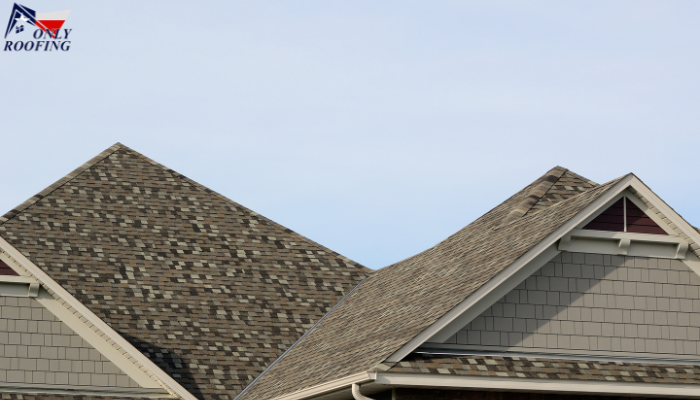What is a hipped roof? – These roofs are an iconic and versatile roofing style known for their timeless lines and classic aesthetic. If you’re in the market for a new roof or simply curious to learn more about different options, understanding hipped roofs may be a good place to begin your research – only roofing has all of the information needed!
Understanding Hipped Roofs
Hipped roofs are roof structures which feature all four sides sloping downward towards the walls of a building, unlike Gable roofs which typically feature flat vertical ends with no vertical sides at their peak ridge. Hipped roofs meet at their crest where two sloping sides meet diagonally along their peak ridge line in what is known as Hips ridges or hip roofs respectively.
Hipped roofs can be constructed on both square and rectangular structures, typically taking on the form of a pyramid. On rectangular buildings, four sloping sides may feature, two long trapezoidal sides normally comprising trapezoids while two short triangular edges will create four distinct roof slopes that look triangular in profile.
Advantages of Hipped Roofs
Hipped roofs boast many advantages for homeowners and have quickly become one of the more sought-after choices:
- Strength and Stability: Hipped roofs are inherently muscular and secure due to their self-bracing design, while their diagonal hips evenly disperse wind loads for increased wind load distribution in windy regions.
- Aesthetics: Hipped roofs provide an aesthetic that compliments many architectural styles and adds a sophisticated, elegant flair. They add character and charm to a home’s facade.
- Versatility: The roofs can be hipped with different slopes and steep as well as shallow, depending on the aesthetic design and weather conditions of the place.
- Drainage: The sloping design of a hipped roof, with multiple slopes, is highly effective in water run-off. This feature of a hipped roof can help prevent leaks and roof damage.
Disadvantages of Hipped Roofs
Hipped roofs present many advantages; however, there may also be certain downsides that should be considered:
- Complexity: The hipped design is more complicated to design and build compared to gable roofs and therefore causes more expense and less usable attic space than gabled roofs because of its sloped sides.
- Attic Space: Hipped roofs offer less usable attic space due to sloping sides which means less useable attic storage capacity when compared with gable roofs.
- Snow Accumulation: In areas experiencing heavy snowfall, multiple slopes of hipped roofs may create pockets where snow accumulates – leading to roof strain and possibly further roof stress issues.
Is a Hipped Roof the Right Choice for Me?
It depends entirely upon your requirements and preferences, taking into account factors like:
- Climate: Hipped roofs are perfect for those living in windy regions but areas that experience heavy snowfall require steeper slopes.
- Architectural Styles: Hipped roofs can fit in with different types of architecture, but the roofing material must suit your vision for your house, otherwise, you will be choosing the wrong type.
- Budget: Due to their increased complexity, hipped roofs typically cost more than their counterparts such as gable roofs.
Final Thoughts
Only Roofing provides all sorts of solutions for residential and commercial roofing, from flat to pitched to hipped. Our knowledgeable team can evaluate all available options according to your requirements, explain each style’s pros and cons, as well as offer free consultation. Contact Only Roofing now for a quote or more information on creating the roof of your dreams!
Read More:

